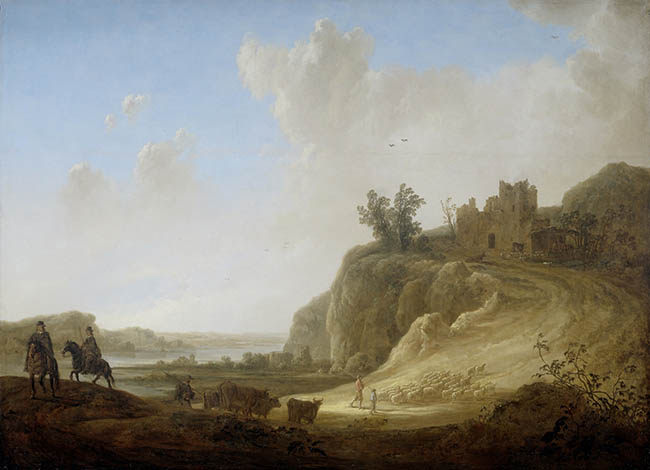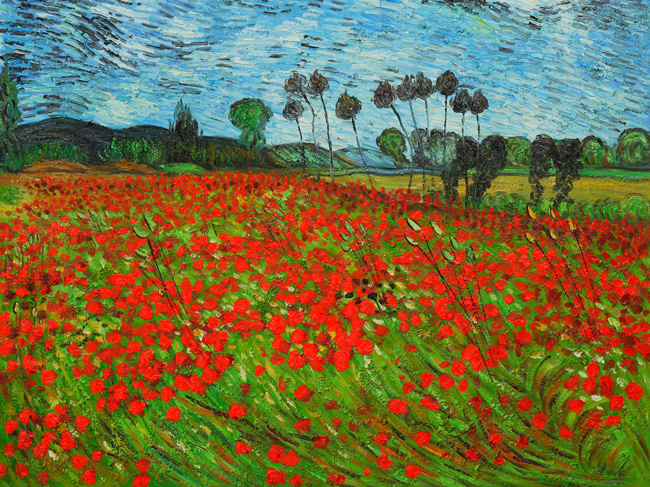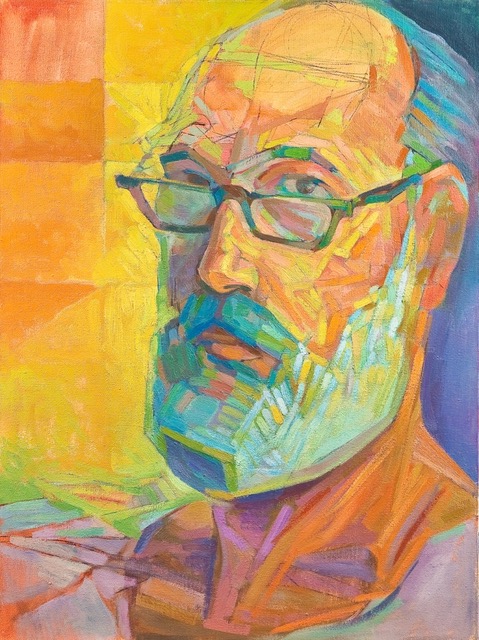A great way to add depth and atmosphere to your drawing or painting is to use aerial perspective. Allow your viewer to walk through your drawing or painting with their mind. After all, it’s an illusion. It’s a dirty trick and a rotten lie that we can incorporate in our art to enhance the third dimension.
In this next painting by Albert Bierstadt, we can see as the distance increases the mountains fade in contrast and color due to the particles in the air (dust or moisture). This is a perfect example of aerial perspective. We can create this illusion of depth on our 2D surface by carefully analyzing the paintings of masters, and by observing what happens naturally in our environment.
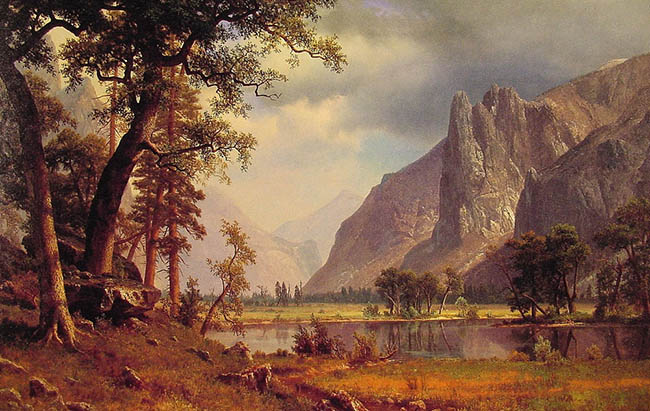
We can bring this natural occurring illusion indoors as well. As we can see in this drawing by Pieter Bruegel the Elder, he creates the illusion of depth by using the technique of aerial perspective and allowing the distant characters fade into darkness. If they were all lit like the foreground characters there would be no sense of depth other than the overlapping forms.
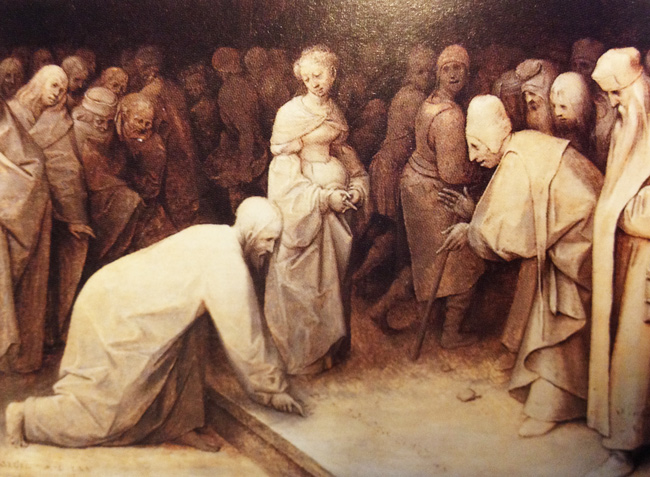
Another great example of aerial perspective used in a drawing is this masterwork byGeorges-Pierre Seurat. You can see how he fades the leg on the left into darkness, creating depth by reducing the tonal contrast.
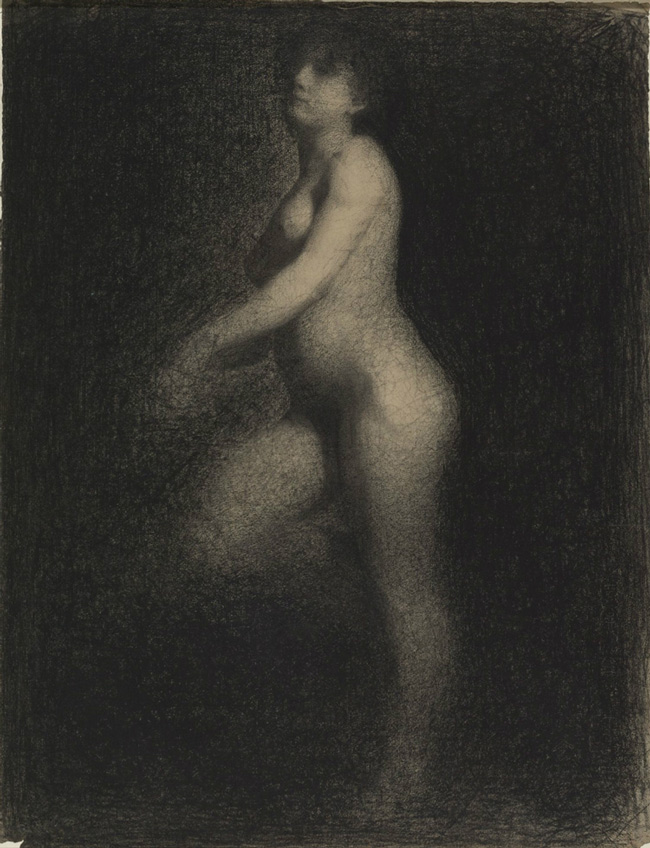
We can also see the depth added by using this technique of aerial perspective in this excellent painting by Arantzazu Martinez. This should be a familiar scene to any Star Wars junkies. When you are depicting an indoor setting onto your canvas or drawing pad, the aerial perspective would be controlled by light (see inverse square law)…or the way light fades into darkness.
In either situation, whether it’s a light figure on a dark background or a dark figure on a light background we are creating more depth and atmosphere in our work by using aerial perspective.
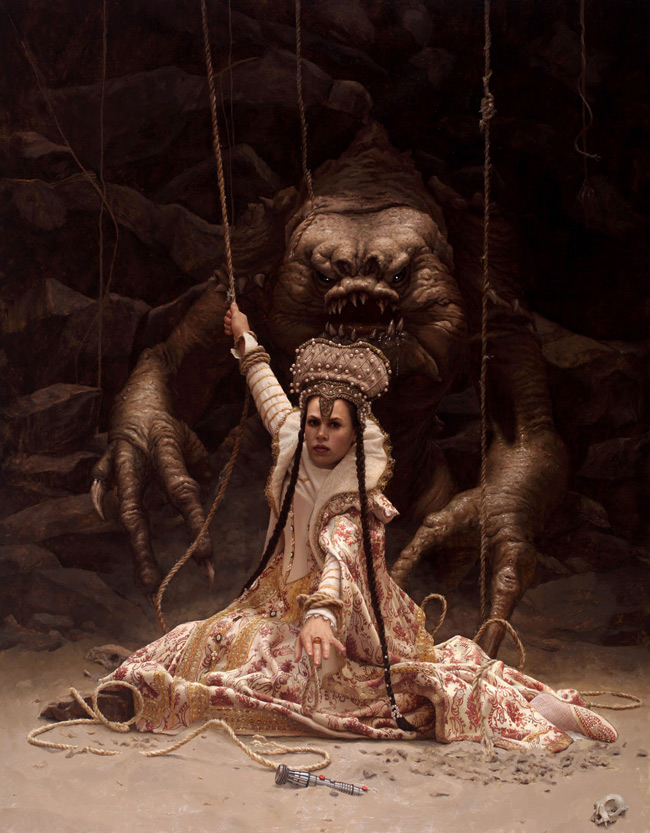
Aerial perspective can also be referred to as “Screens” according to, cubist painter, Andre Lhote. In his book “Treatise on Landscape Painting” (out of print and impossible to find) he talks about Patinir’s painting “St Jerome” and describes the effects of aerial perspective being used in the painting.
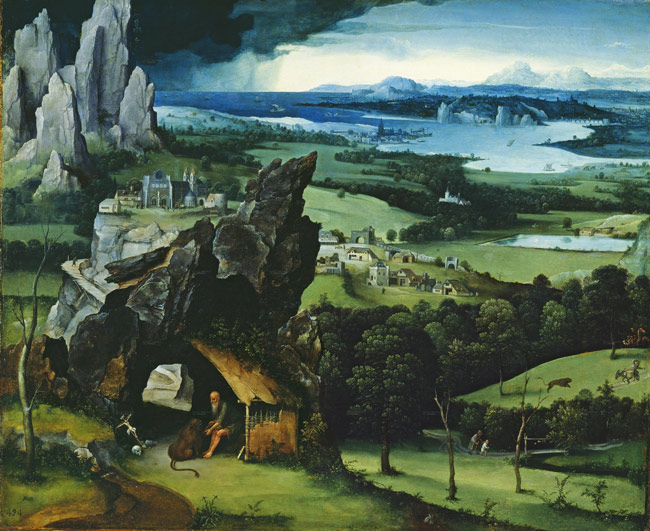
“The height of ecstasy for the public is not to let the eye wander over a given succession of natural events and enjoy the plastic reactions, but to descry the next town without the help of binoculars; the sensation of pleasure will be all the stronger if the distance can be measured in miles. “
descry – notice, observe, perceive
He goes on to admiring how Patinir created a light vs dark rhythm throughout the entire painting. Each light area is offset by a dark area creating a “to and fro movement of values which cancel each other out only after they have given the spectator the sensation of depth.” You can see how Patinir does this in the diagram below.
The letter “D” represents “Dark”, and the letter “L” represents…you guessed it…”Light.” If you look closely you’ll see that all of the light areas are surrounded by dark areas as Lhote describes in his book. Refer to the original painting above for a clear understanding of the contrasting areas.
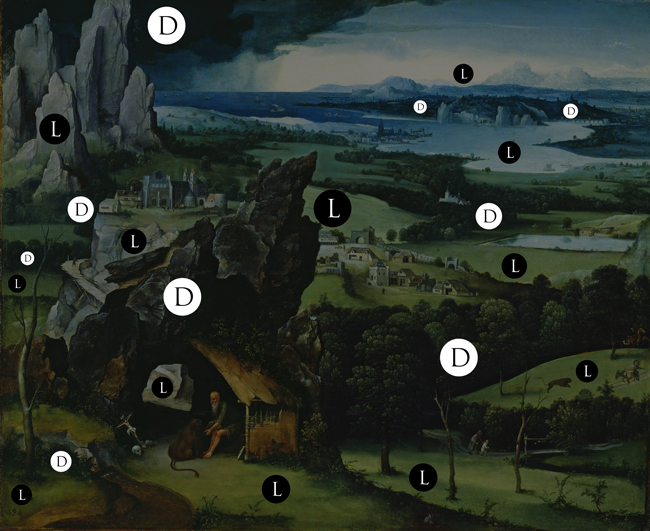
Andre Lhote admired the use of aerial perspective from three artists in particular.
“It is because of their rediscovery of this science of compensations of volumes that Cezanne, Renoir, and Seurat were so great: in the midst of modern deliquescence they constructed the only landscapes which, in their built-up planes, express depth without ever attaining it in a silly way; the only landscapes where you can carry out an ideal walk, not on your feet, but with your mind. “
deliquescence – depression, slothfulness, stagnation
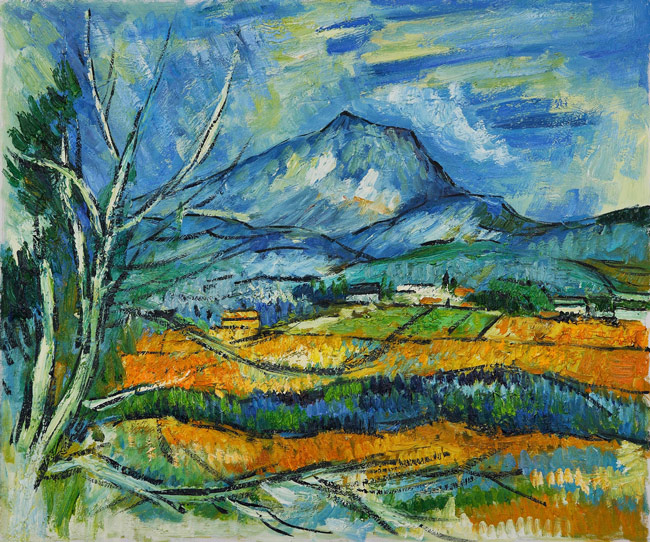
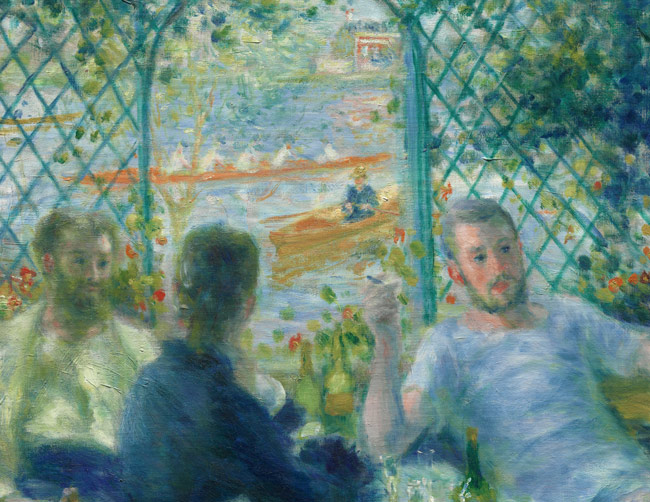
Apply this technique of aerial perspective if you wish to add depth and atmosphere to your work. Myron goes over aerial perspective in great detail in his Drawing DVD’s. Where I first learned the term, amongst many others. Thanks for joining in today, see you next time!
